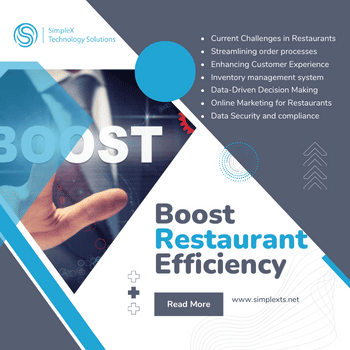Boosting Restaurant Efficiency with Ecommerce Tech
In the dynamic landscape of the restaurant industry, efficiency is the key to success. With the rapid advancement of technology, embracing ecommerce solutions, such as “Boosting Restaurant Efficiency with Ecommerce Tech,” has become a game-changer for many establishments. From streamlining order processes to enhancing customer experience, the impact of ecommerce tech on restaurant efficiency is undeniable.
Current Challenges in Restaurants

Overhead Costs
Running a restaurant involves significant overhead costs, from rent and utilities to labor expenses. Ecommerce tech offers solutions that can optimize these costs, leading to better financial stability.
Operational Inefficiencies
Manual order processing and inefficient inventory management can lead to operational bottlenecks. Ecommerce tech provides streamlined processes, reducing errors and improving overall efficiency.
Customer Expectations
Modern customers expect convenience and speed. Meeting these expectations without compromising the quality of service is a constant challenge. Ecommerce tech addresses this by providing innovative solutions that cater to the evolving needs of customers.
The Rise of Ecommerce Tech in Restaurants

Online Ordering Systems
The advent of online ordering systems has revolutionized the restaurant industry. Customers can now place orders seamlessly through websites or mobile apps, reducing wait times and increasing order accuracy.
Digital Menu Platforms
Interactive digital menus play a pivotal role in boosting restaurant efficiency, as they not only enhance the dining experience but also allow for easy updates and customization. Leveraging these menus, restaurants can dynamically showcase their offerings, making it more appealing to tech-savvy customers.
Reservation Management Tools
Ecommerce tech extends beyond the dining experience. Reservation management tools enable efficient scheduling, reducing wait times and ensuring a smoother flow of customers.
Streamlining Order Processes
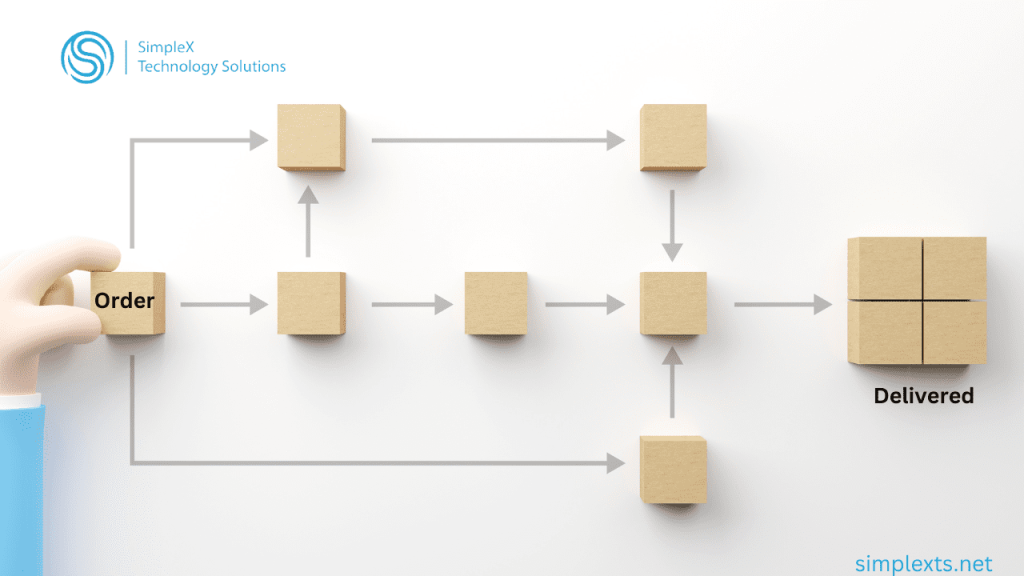
Benefits of Online Orders
Implementing online orders not only caters to the digital-savvy clientele but also streamlines kitchen operations. It minimizes miscommunication and accelerates the order-to-table process.
Integration with POS Systems
Integrating ecommerce tech with point-of-sale (POS) systems creates a seamless flow of information. This integration enhances accuracy in billing, inventory tracking, and overall order management.
Real-Time Order Tracking
Customers appreciate transparency in their orders. Real-time order tracking not only keeps customers informed but also helps restaurants monitor delivery times, ensuring timely service.
Enhancing Customer Experience

Personalized Recommendations
Ecommerce tech analyzes customer preferences, allowing restaurants to offer personalized recommendations. This not only enhances the customer experience but also boosts sales.
Loyalty Programs
Implementing loyalty programs through ecommerce tech is a powerful strategy for boosting restaurant efficiency and encouraging repeat business. Customers can earn rewards, creating a sense of loyalty and connection with the restaurant.
Seamless Payment Options
With secure and convenient payment options, customers enjoy a hassle-free transaction process. Ecommerce tech ensures that payments are processed efficiently, contributing to overall customer satisfaction.
Inventory Management Solutions
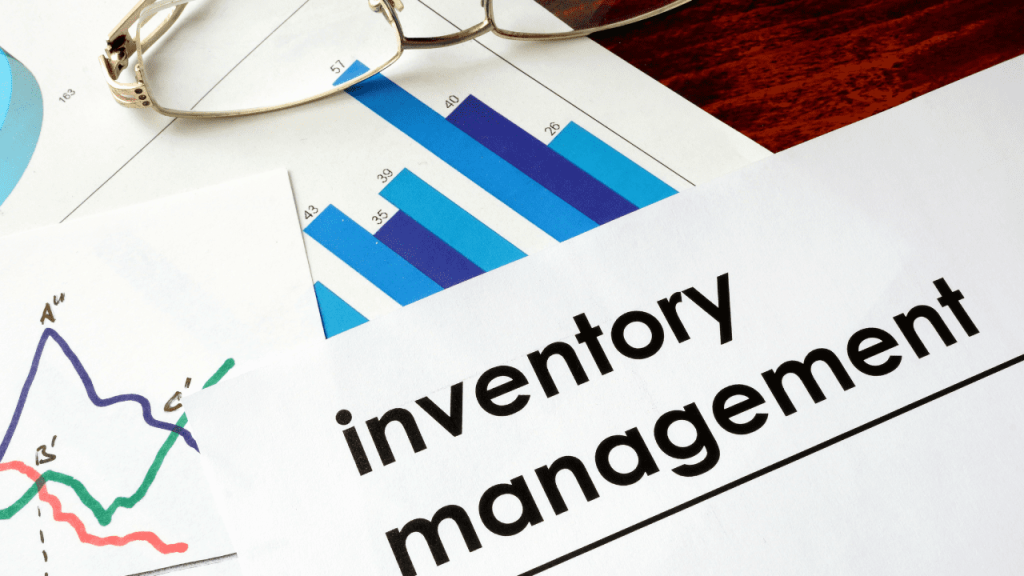
Reducing Food Wastage
Ecommerce tech aids in precise inventory management, reducing the likelihood of food wastage. Automated alerts for low-stock items enable timely restocking, optimizing resources.
Automated Restocking
Automation in inventory management ensures that essential items are automatically reordered when stock levels are low. This proactive approach prevents shortages and keeps operations running smoothly.
Cost-Effective Inventory Control
Ecommerce solutions provide tools to track inventory costs, helping restaurants identify areas for cost savings. This strategic approach contributes to better financial management.
Employee Productivity and Scheduling
Shift Management Tools
Efficient scheduling through ecommerce tech allows for better management of staff shifts. This leads to optimized labor costs and improved employee satisfaction.
Training Through Technology
Utilizing technology for employee training, specifically focused on “boosting restaurant efficiency,” reduces the time and resources required. Interactive modules and simulations enhance the learning experience, providing a targeted approach to equip staff with the skills needed for streamlined operations and improved efficiency in the restaurant environment.
Performance Analytics
Ecommerce tech provides valuable insights into employee performance. Analyzing data helps identify top-performing staff and areas for improvement.
Data-Driven Decision Making

Analyzing Customer Preferences
Data analytics tools help restaurants understand customer preferences. This information is invaluable for tailoring menus, promotions, and marketing strategies.
Identifying Peak Hours
Ecommerce tech assists in identifying peak hours, allowing restaurants to allocate resources efficiently. This ensures optimal staffing levels and minimizes wait times during busy periods.
Tailoring Promotions and Offers
Through data analysis, restaurants can tailor promotions and offers based on customer behavior. This targeted approach increases the effectiveness of marketing efforts.
Online Marketing for Restaurants
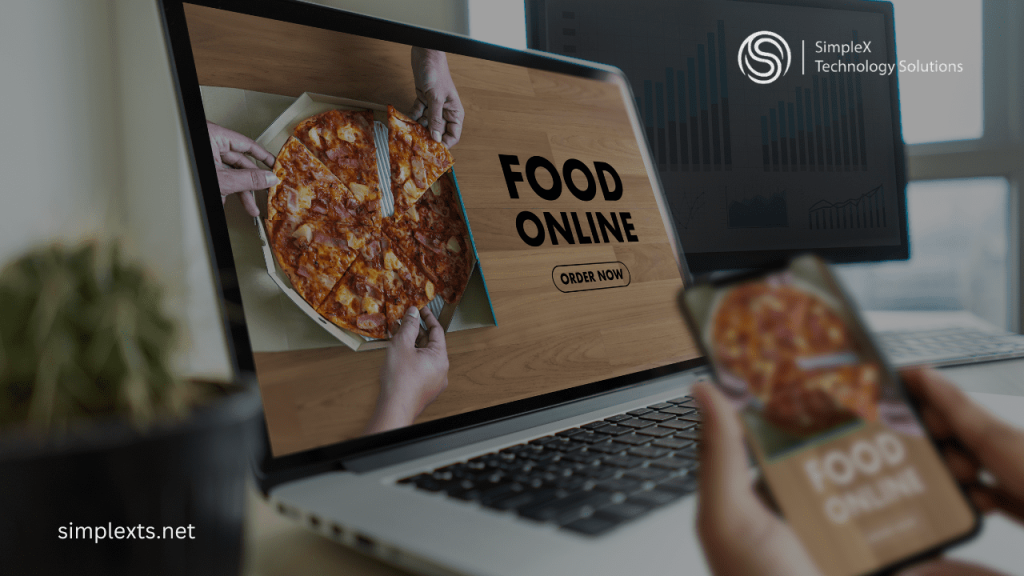
Social Media Presence
Maintaining a strong social media presence is crucial in today’s digital age. Ecommerce tech aids in managing and promoting content across various social platforms.
Search Engine Optimization (SEO)
Implementing SEO strategies, specifically focused on “boosting restaurant efficiency,” improves online visibility. Restaurants can attract more customers by optimizing their websites and online profiles. This targeted approach ensures that establishments not only rank higher in search engine results but also effectively communicate their commitment to efficiency through strategic use of keywords and content.
Email Marketing Strategies
Ecommerce tech enables targeted email marketing campaigns. Sending personalized promotions and updates keeps customers engaged and informed.
Ensuring Data Security and Compliance

Protecting Customer Information
Security is paramount in ecommerce transactions. Restaurants must invest in robust cybersecurity measures to protect customer information and maintain trust.
Compliance with Data Regulations
Adhering to data regulations is essential. Restaurants need to ensure that their ecommerce tech complies with local and international data protection laws.
Cybersecurity Measures
Implementing encryption and secure payment gateways safeguard sensitive information. Regular cybersecurity audits are crucial to identifying and addressing potential vulnerabilities to ensure a secure online environment.
Case Studies
Successful Implementation Stories
Several restaurants have witnessed remarkable improvements in efficiency after adopting ecommerce tech. Case studies showcase how these establishments have experienced increased revenue, customer satisfaction, and streamlined operations.
Positive Impact on Revenue and Customer Satisfaction
Restaurants that effectively leverage ecommerce tech report a positive impact on their bottom line. Increased efficiency in order processing, personalized customer interactions, and data-driven marketing contribute to enhanced revenue and customer satisfaction.
Challenges in Adopting Ecommerce Tech
Initial Setup Costs
While the long-term benefits are evident, the initial setup costs of implementing ecommerce tech can be a hurdle for some restaurants. However, the return on investment often justifies the upfront expenses.
Staff Training
Ensuring that the staff is proficient in using new technology is crucial. Comprehensive training programs are essential to maximize the benefits of ecommerce solutions and avoid disruptions in daily operations.
Technological Glitches
Like any technological implementation, there might be occasional glitches. Restaurants need contingency plans and reliable support systems to address and resolve any technical issues promptly.
Future Trends in Restaurant Tech
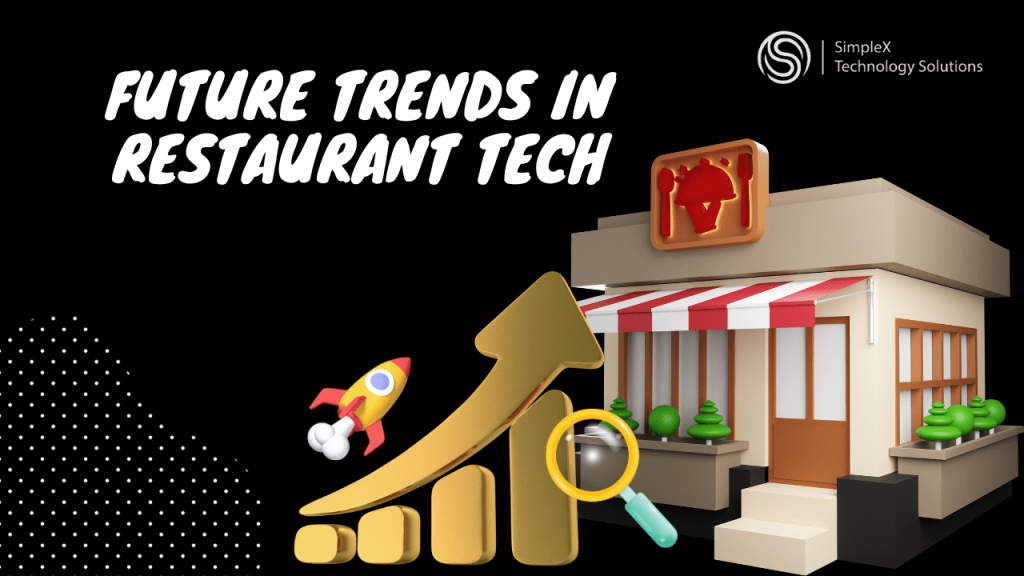
AI-Powered Assistants
The integration of artificial intelligence (AI) in restaurant operations is a burgeoning trend. AI-powered assistants can handle routine tasks, streamline processes, and provide personalized customer interactions.
Augmented Reality Menus
AR menus enhance the dining experience by offering interactive and immersive visuals of menu items. Customers can see dishes in 3D, read reviews, and make informed choices. This addition not only makes the dining process more engaging but also improves the overall efficiency of restaurant operations.
Voice-Activated Ordering Systems
Voice-activated ordering systems are becoming more popular. Customers can place orders using voice commands, providing a hands-free and efficient way to interact with the restaurant
Conclusion
In the restaurant industry, adopting ecommerce technology has become essential. It offers a range of benefits, including streamlined order processes, improved customer experiences, enhanced employee productivity, and ensured data security. Looking forward, exciting possibilities arise with the integration of AI, AR, and voice-activated systems, reshaping the way restaurants function.
Incorporating ecommerce tech not only resolves current challenges but also
Ensures establishments remain resilient to future changes against evolving customer expectations. Restaurants that utilize technology wisely will continue to thrive in a rapidly changing digital world.

